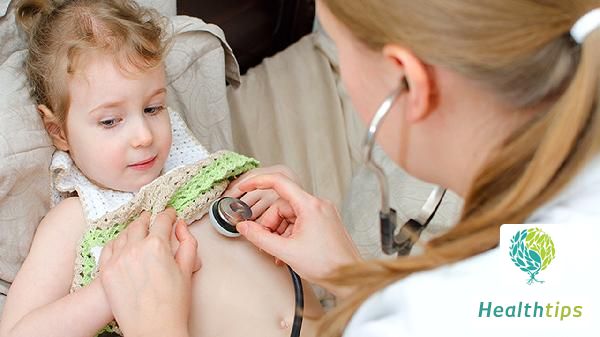Which antibiotic eye drops are available, and which one is the best?
The eye is a crucial visual organ of the human body, and any issues with it can have a significant impact on our daily lives. There are numerous eye diseases related to the eye, and apart from routine medication, antibiotic eye drops may be prescribed in cases of microbial infections. The variety of eye drops available can be confusing for many patients, making it difficult to discern which ones are antibiotics. So, what are the antibiotic eye drops available and which ones are considered good?

There are various types of antibiotic eye drops, with the most commonly used ones being levofloxacin and tobramycin. Levofloxacin eye drops are generally suitable for adults. They are primarily synthetic quinolones antibiotics, which makes them stronger in antibacterial effects. They are suitable for bacterial conjunctivitis, dacryocystitis, keratitis, and other conditions in adults. Tobramycin eye drops are more suitable for children, as they have a gentler effect and are tailored to the bacteria commonly affecting children. Other antibiotic eye drops include moxifloxacin, gatifloxacin gel, and ofloxacin gel.
The choice of antibiotic eye drops should be based on the specific type of bacteria involved to ensure effective treatment.
1. Always wash your hands before applying eye drops to prevent infection from contact.
2. When applying eye drops, tilt your head back or lie down. Use your index finger to pull down the lower eyelid to separate it from the eyeball.
3. Hold the eye drop bottle close to your eye and apply the drops onto the conjunctival sac. One to two drops of eye drops or a one-centimeter strip of eye ointment is sufficient. Remember not to let the bottle tip touch your eye or eyelashes to prevent contamination. Immediately replace the cap after use.
4. Close your eyes for at least five minutes without blinking and gently press the inner corner of your eye, near the nasolacrimal duct, for at least two minutes to slow down the drainage of the medication.
5. Before opening your eyes, use a tissue or handkerchief to wipe away any excess eye drops or tears that have flowed out.
6. If you need to use two or three types of eye drops, wait five to ten minutes between applications. If both eye drops and ointment are prescribed, apply the eye drops first and wait five minutes before applying the ointment.



















